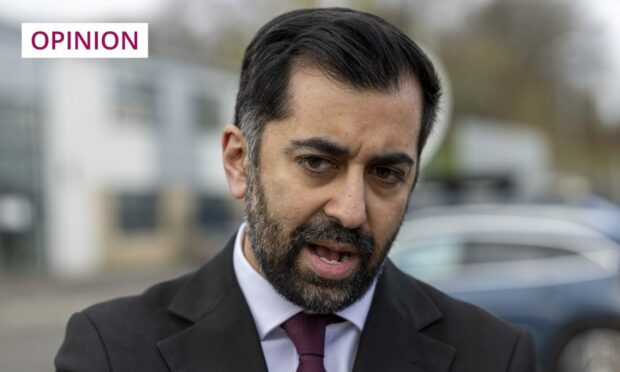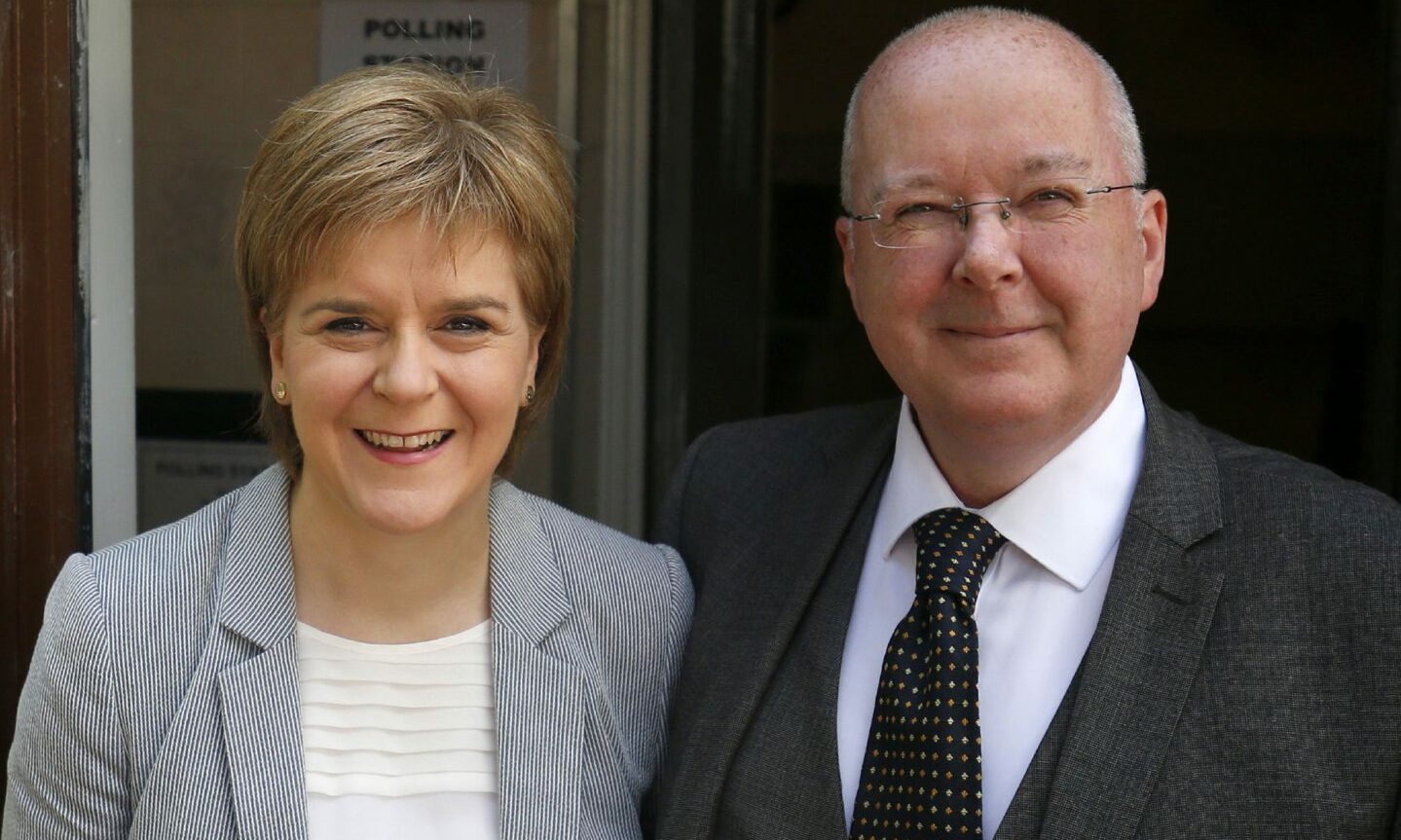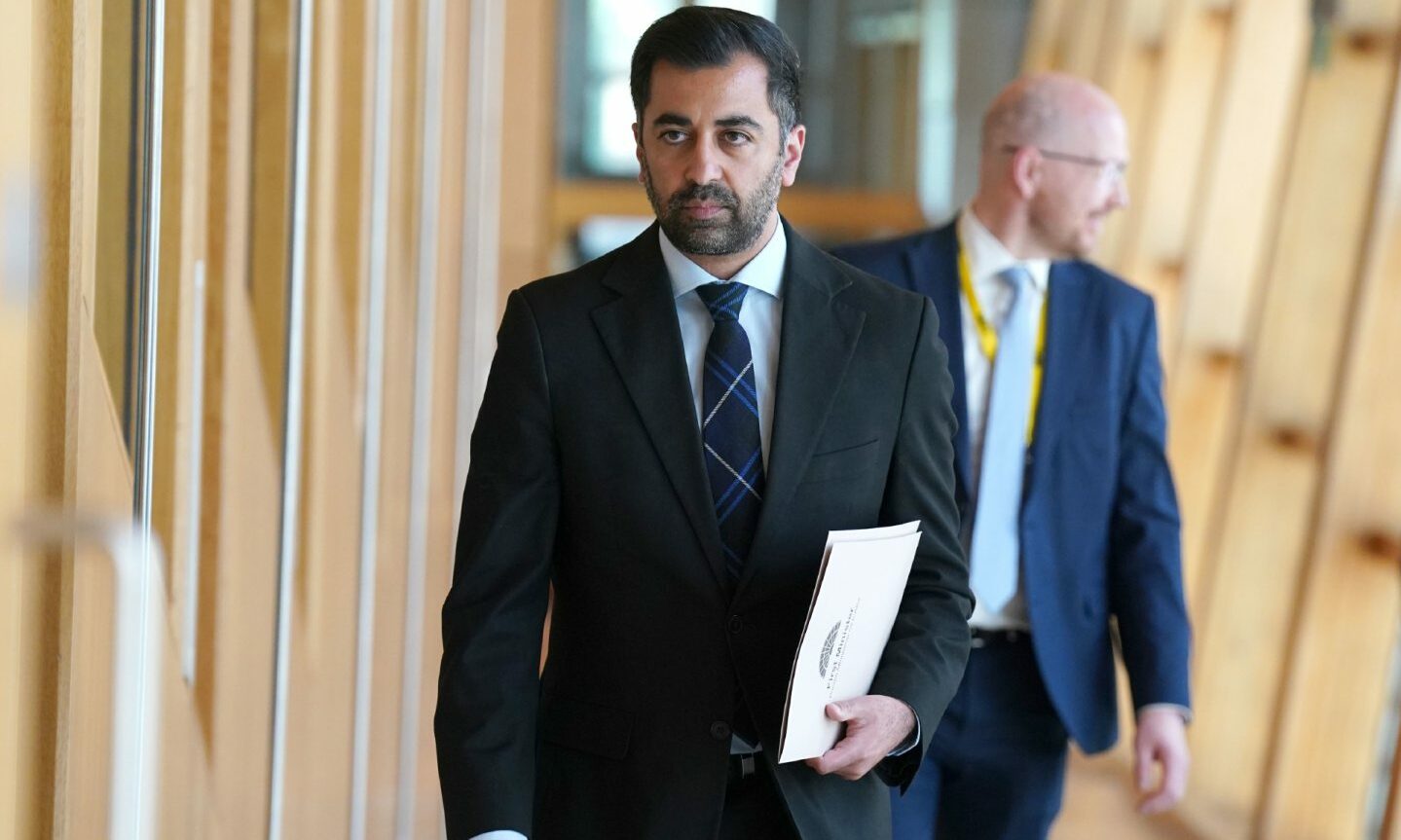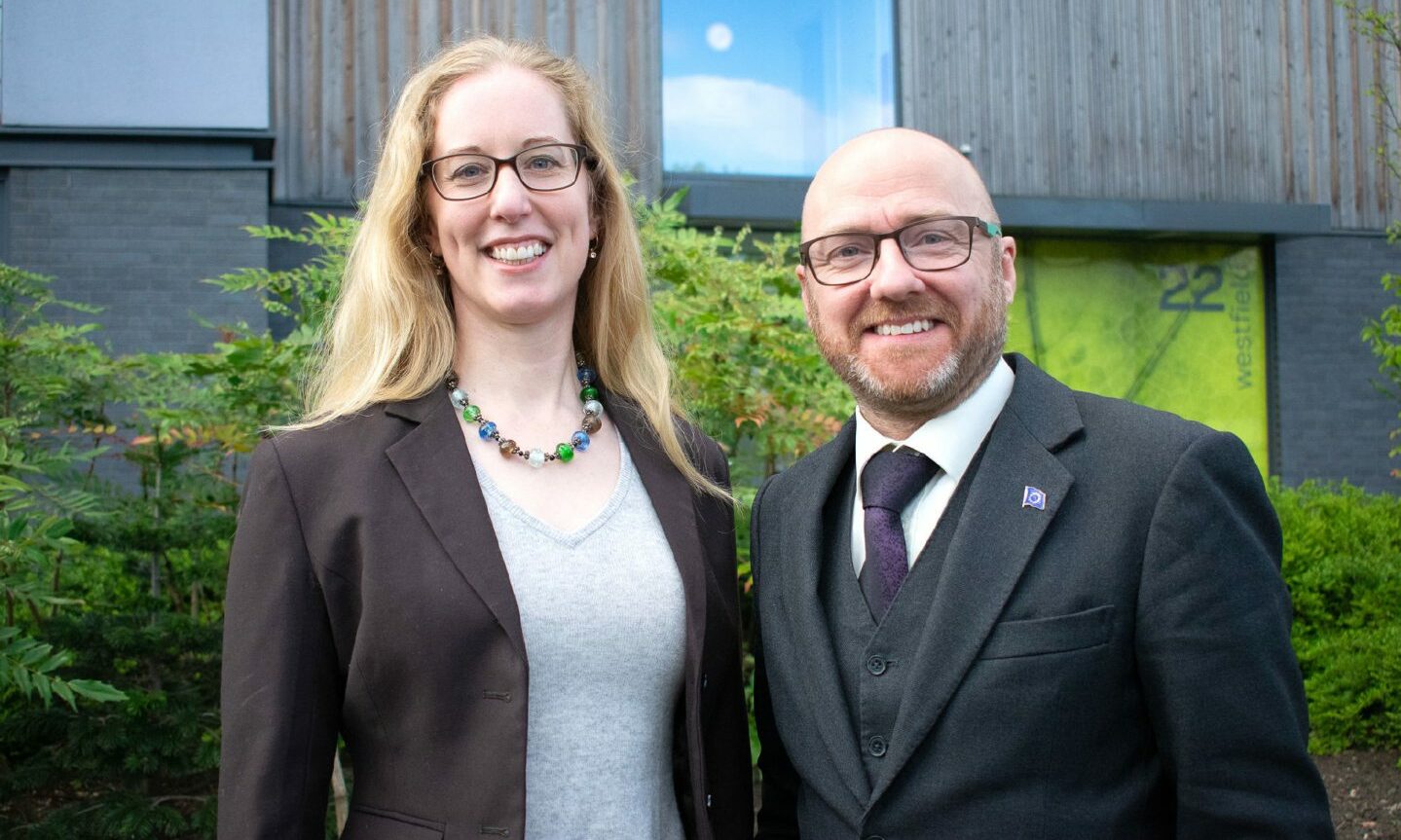Humza Yousaf is not a first minister with his troubles to seek.
According to a new poll, the SNP is now just two points ahead of Scottish Labour on Westminster voting intention.
To put such a figure in context, one poll in December last year – only eight months ago – had the SNP 26 points ahead of Scottish Labour.
Were these more recent results to be replicated at next year’s General Election, it would see the Nationalists lose at least 20 MPs.
At the same time, Yousaf’s party and the wider independence movement is now increasingly riven with infighting and factionalism.
As an illustration, almost a tenth of the MPs elected under the SNP brand in 2019 have now defected to other parties or sit as independents.
As the ill-fated Change UK breakaway from the Labour Party showed in 2019, secessionist parties rarely achieve electoral success, but rarely do they presage great electoral triumphs for their former party either.
Even among those in the SNP who have not openly broken ranks, the discontent is palpable.
‘Increasingly dysfunctional’
Many parliamentarians at both Holyrood and Westminster are frustrated with the direction of the party – particularly its cooperation agreement with the Scottish Green Party – and look increasingly on Kate Forbes, Yousaf’s former leadership rival, as their saviour.
Outside the bubbles of Holyrood and Westminster, the picture for Yousaf and the SNP is arguably worse.
Police Scotland’s ongoing investigation into the SNP’s finances remains a constant distraction, as does the spectre of one or both of Nicola Sturgeon and Peter Murrell being charged with an offence (they deny any wrongdoing and both were released without charge pending further investigations after being arrested).
Partly as a result of these events and the ensuing uncertainty, the once formidable SNP machine is looking increasingly dysfunctional.
As a case in point, earlier this week it was announced Murrell has been succeeded as SNP chief executive the former SNP communications chief (Murray Foote) whose own resignation forced Murrell to resign back in March.
Attempts to suggest this bizarre merry-go-round is a perfectly normal state of affairs are laughable.
As the SNP pauses to look in on itself, the political world continues to move.
A potentially heavy by-election defeat in October’s Rutherglen and Hamilton West contest will heap yet more misery onto Yousaf and the SNP.
Meanwhile, the prospects for the nationalists’ talismanic cause of independence are now so remote the question of whether it will happen before the Second Coming of Jesus Christ is being seriously considered.
There are, in short, few bright spots in a rather bleak – to say the least – outlook for the SNP.
But there is still one argument Yousaf could yet deploy to at least try and turn things around: a vision for his premiership.
Certainly, it has never been clear, beyond blatant opportunism and naked ambition, why Yousaf wants – or, perhaps, given events, wanted – to be first minister.
‘Inability to conceptualise a purpose’
He adores aphorism and cultivates cliché but he has never articulated, the mere prestige of high office and the exhilaration of electoral triumph aside, what really makes him tick.
This is one of the main reasons why Yousaf is now in a tussle with Douglas Ross for least popular Scottish political leader, but it is also a key reason for the SNP haemorrhaging support more widely.
Put simply, Yousaf’s default notion that the SNP has almost always governed and therefore always should govern is no longer enough.
This inability to conceptualise a purpose for his premiership is not just an issue in and of itself, but something that infects every aspect of the SNP government.
It is the existence of this visionless void that has, for instance, given the Scottish Green Party such an outsized role in government.
For all the faults of Patrick Harvie and Lorna Slater, they have a clear vision for Scotland – albeit one many would consider a nightmare – and are pursuing it with gusto.
Many nationalist politicians quite correctly believe it is the puritanical quackery of the Scottish Green Party that is costing them support, and the evidence from latest polling suggest as many as a quarter of 2019 SNP voters agree.
But those SNP politicians also need to recognise that it is a lack of a prospectus from their own party that has allowed the Harvie-Slater agenda to flourish.
Last chance?
The coming Programme for Government – the curtain raiser for the new parliamentary term – offers a chance for Yousaf to fill this void and define his premiership.
By articulating his own vision and committing to pursuing it unrelentingly, he can solve a political headache by side-lining the Scottish Green Party while keeping them in government and – much more importantly – potentially give people a much-needed reason to still vote SNP.
Of course, it may prove impossible for someone like Yousaf, so used to selling the detached and fanciful platitudes of independence, to define a vision that is rooted in reality but he has no choice but to try.
With all the other problems Yousaf faces, the coming Programme for Government may well be the last chance he has to turn things around.














Conversation